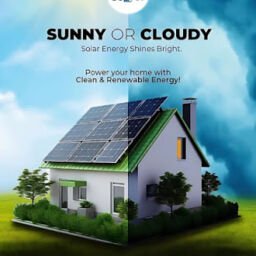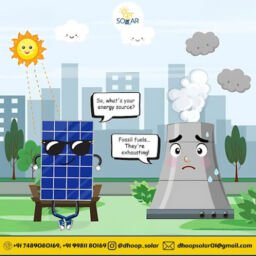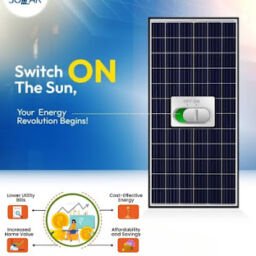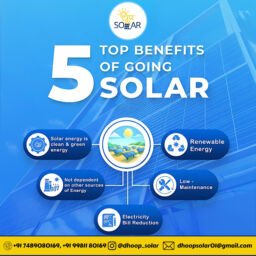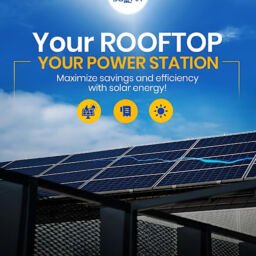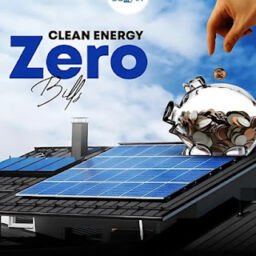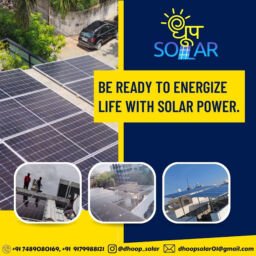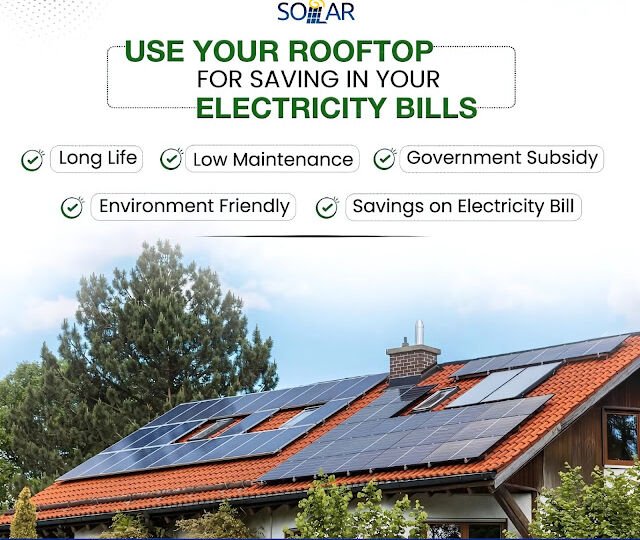
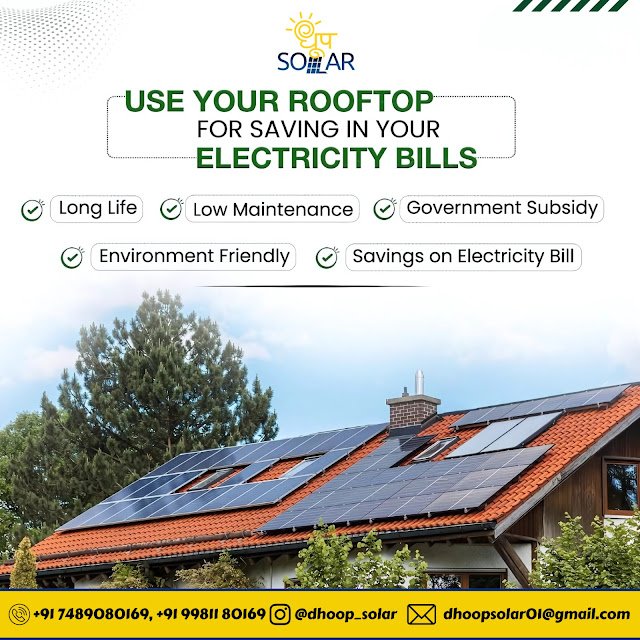
In the quest to reduce household expenses and increase energy efficiency, many homeowners are turning their attention to a space that is often overlooked—the rooftop. Whether you’re looking to lower your electricity bills or contribute to a more sustainable future, your rooftop has the potential to play a key role in both. With the right upgrades and technologies, you can transform your rooftop into an energy-saving powerhouse. In this blog, we’ll explore how to utilize your rooftop effectively to reduce your electricity bills and achieve long-term savings.
1. Harness the Power of Solar Energy
One of the most effective ways to lower your electricity bills is by installing solar panels on your rooftop. Solar energy is a renewable and clean source of power that can drastically reduce your reliance on the electrical grid. By generating your own electricity, you can lower your energy consumption from traditional sources, resulting in reduced monthly utility bills.
Solar panels capture sunlight and convert it into electricity, which can be used to power your home. Any excess energy generated during the day can be stored in batteries for later use or sent back to the grid, allowing you to earn credits. Many governments offer incentives and rebates to help offset the initial installation costs, making solar panels more affordable for homeowners.
2. Install a Green Roof
A green roof—also known as a living roof—can provide substantial savings on your energy bills by improving insulation and reducing the need for artificial heating and cooling. A green roof consists of vegetation planted over a waterproof membrane. This layer of plants acts as natural insulation, keeping your home cooler in the summer and warmer in the winter.
By reducing the amount of heat that escapes or enters through your roof, green roofs can lower the need for air conditioning and heating, leading to noticeable reductions in electricity consumption. Additionally, green roofs absorb rainwater, which can help prevent water runoff and reduce the risk of flooding.
3. Install a Roof Garden for Better Insulation
Similar to green roofs, installing a roof garden can provide additional insulation, which is crucial in reducing cooling costs during hot months. A roof garden is a more accessible option for homeowners who may not be able to install a full green roof but still want to enjoy the benefits of plants for insulation and aesthetics. By placing plants on your roof, you can naturally cool down your home, reducing the need for energy-intensive air conditioning.
Additionally, roof gardens absorb sunlight, reducing the amount of heat that directly reaches your home’s interior, thus lowering the amount of energy required for cooling. Roof gardens also enhance the aesthetics of your home, creating a tranquil space while offering environmental benefits.
4. Reflective Roof Coatings for Cooling Efficiency
A simple yet effective way to save on electricity bills is by installing reflective roof coatings or cool roofing materials. These coatings are designed to reflect more sunlight and absorb less heat than traditional roofing materials. By reflecting the sun’s rays, your home stays cooler during hot weather, reducing the need for air conditioning.
Cool roofs can help lower indoor temperatures by up to 10-15°F (5-8°C) compared to standard roofs, which can translate into significant savings on your cooling costs. This is especially beneficial in regions with hot climates, where air conditioning can account for a significant portion of your energy consumption.
5. Rooftop Ventilation Systems
Improper ventilation can cause your attic or rooftop space to become unbearably hot during the summer, leading to increased cooling costs inside your home. Installing rooftop ventilation systems such as ridge vents or powered attic fans can help alleviate this issue. These systems work by allowing hot air to escape from your attic, reducing the temperature of the roof and the interior of your home.
By improving airflow in your home, rooftop ventilation can reduce the reliance on air conditioning and save on energy costs. This simple upgrade can significantly increase your home’s overall energy efficiency.
6. Solar Water Heating
Another way to utilize your rooftop to save on electricity is by installing solar water heating systems. These systems use solar panels to collect energy from the sun and heat water for your home. Whether for bathing, cooking, or washing, solar water heaters can significantly reduce your reliance on electric water heaters, which can consume a large amount of energy.
By switching to solar-powered water heating, you can save up to 50-80% of your water heating costs, depending on your location and water usage. Solar water heaters have low maintenance requirements and a long lifespan, making them a smart, sustainable investment for the long term.
7. Wind Turbine Installation (For Appropriate Locations)
In addition to solar panels, homeowners in wind-prone areas might consider installing small wind turbines on their rooftops. Wind turbines can generate electricity by harnessing the power of wind, providing a clean and renewable source of energy to supplement your electricity needs.
While wind turbines are not suitable for every location, they can be highly effective in areas with consistent wind speeds. By combining solar and wind power on your rooftop, you can create a hybrid energy system that reduces your reliance on the electrical grid and helps you save on electricity costs year-round.


